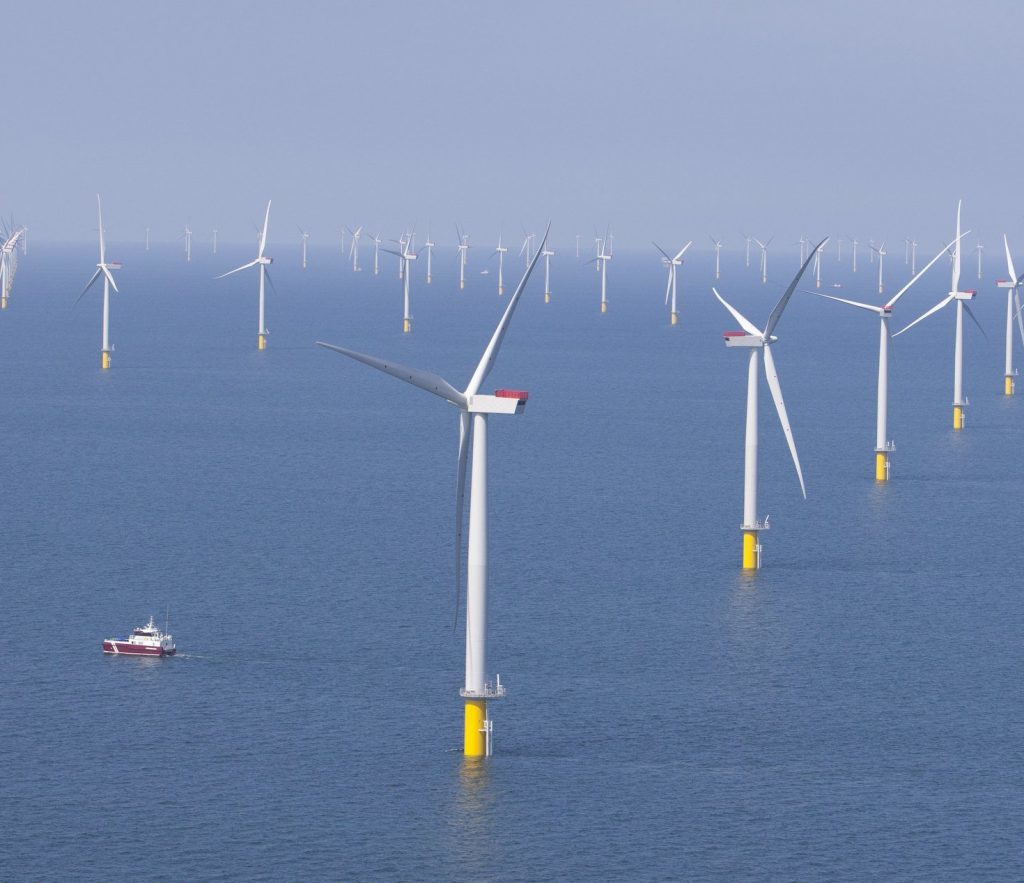
The number of power stations in the UK generating electricity from renewable sources, such as wind and solar energy, is five times higher than a decade ago – but industry experts have warned the sector’s future remains under threat.
A total of 772 single-source renewable power stations were in operation as of May 2017, up from 153 in 2007, according to figures released by the Department for Business, Energy and Industrial Strategy.
Some 342 were fuelled by wind power, compared with the 72 recorded in 2007.
A further 28 were classed as offshore wind farms, which was five times more than a decade ago.
There wasn’t a single major plant generating purely solar power in 2007, but now there are 277 across the UK.
Responding to the figures, executive director of RenewableUK Emma Pinchbeck said that while the UK can be proud of its track record in renewable energy, future success was not guaranteed.
“This is no time to rest on our laurels,” she said. “There is policy and investment uncertainty beyond 2020, making it harder to build the vital new infrastructure that will underpin industrial growth and emissions reduction.”
The Government is due to finally unveil the delayed Clean Growth Plan in the autumn, which is expected to outline the UK’s strategy to reduce carbon emissions through the 2020s and early 2030s
The current target is for 30% of electricity to be generated from renewable sources by 2020. Provisional figures show the number for the first three months of 2017 was 26.6%.
But though the UK is on track to surpass the 30% target by 2020, there are concerns among some in the industry about what could happen in the next decade.
Ms Pinchbeck told the Press Association that the Government’s new plan will need to provide “more clarity” on energy strategy to 2030 and beyond.
She called for specific measures, including “a smarter and more flexible grid, support for innovative technologies like energy storage, and a level playing field that allows all renewables to compete for investment.”
Dr Nina Skorupska, chief executive of the Renewable Energy Association (REA) welcomed the boom in renewable power over the last decade as “a national success story”, but noted that the number of companies operating in renewable energy fell in 2016, largely due to a slowdown in the solar sector as “a direct result of policy changes” by the Government.
“The Government now needs to look beyond 2020 and communicate how it intends to structure the electricity market,” Dr Skorupska added. “A timeline and budgets for new power auctions need to be clarified.”
Recommended for you
